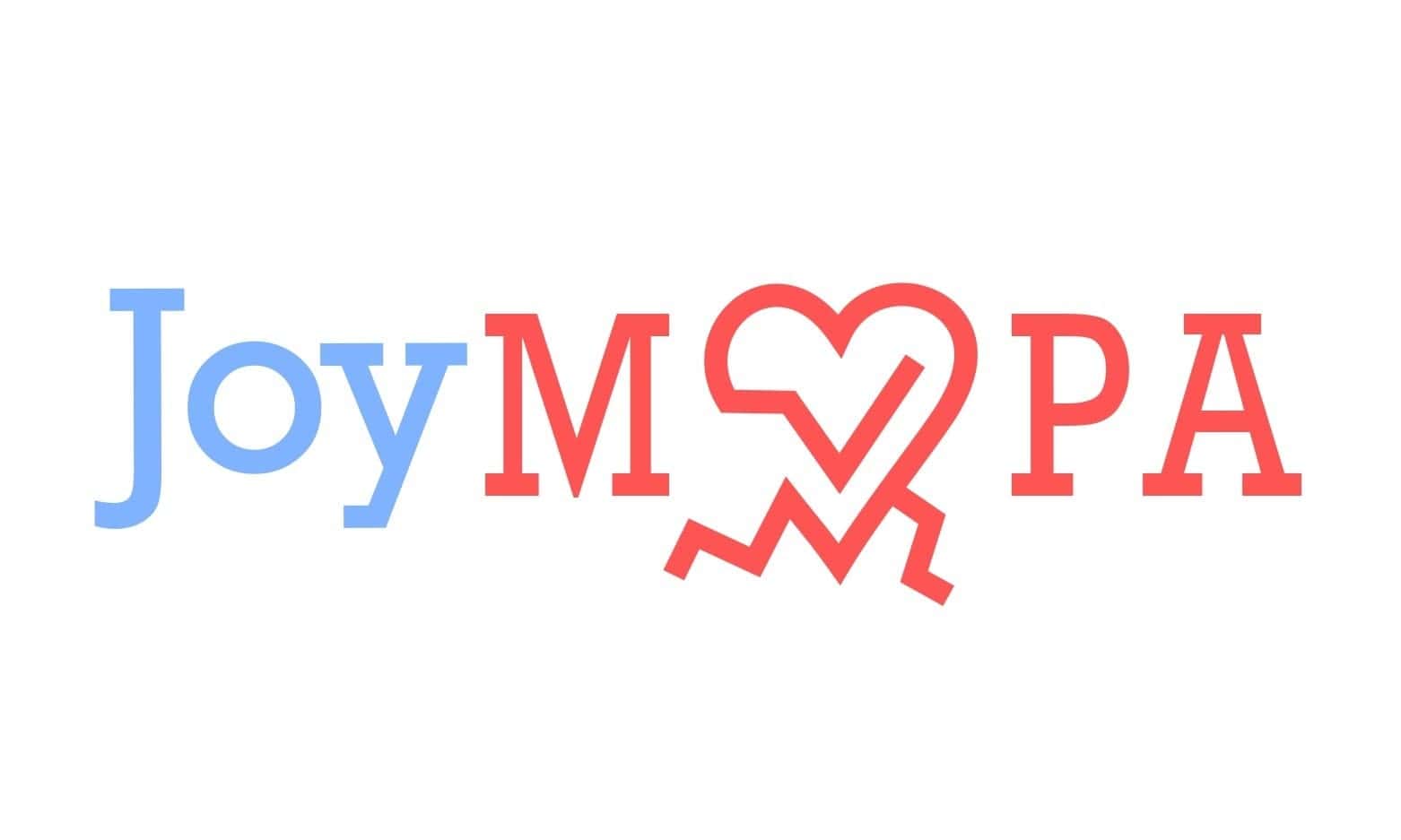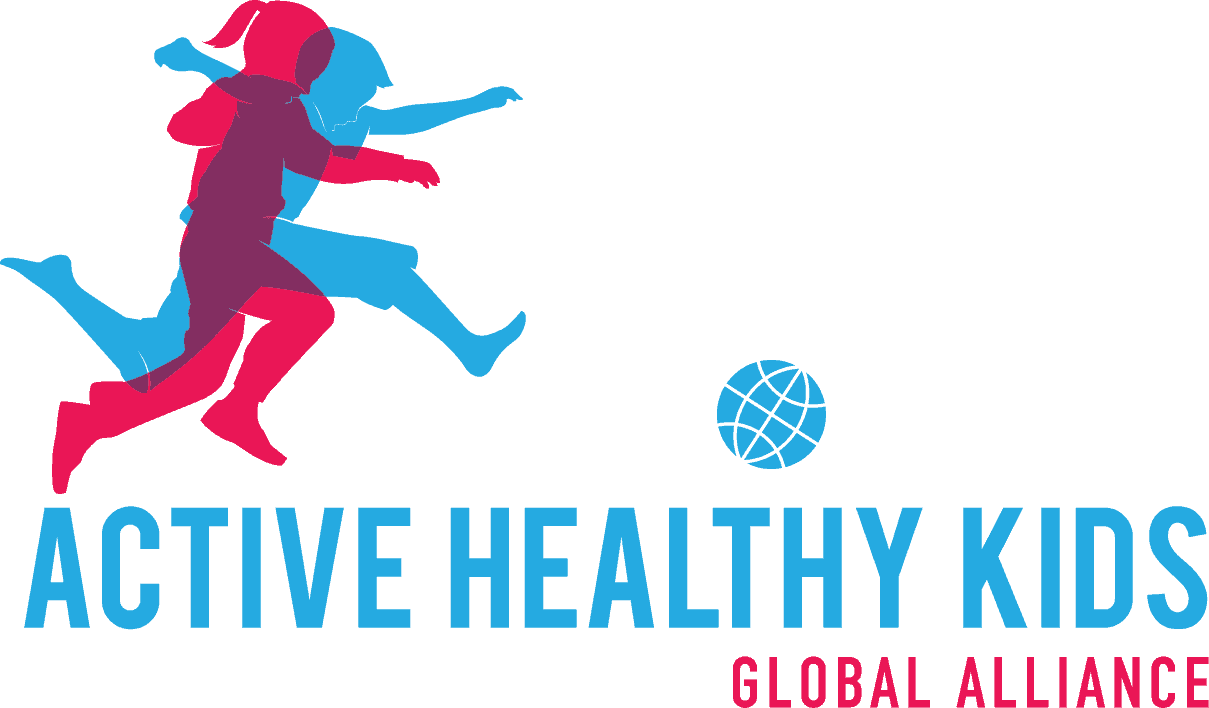
23 Jun Supporting PE teachers to provide active and enjoyable PE classes for learning different skills
Thank you to Professor Jarek Mäestu (University of Tartu, Estonia) for providing this post. In this post, Jarek describes their project, which aimed to support Physical Education (PE) teachers to get kids moving and enjoying physical activity. More about the author can be found at the bottom of this post.
About the project
The OECD 21st century learning framework [1] indicates physical literacy and health behaviour as key competencies. It means promoting students well-being, physical literacy and health by focusing more on acquiring different movement skills while increasing and ensuring activity enjoyment. In contrast, childhood obesity, partly caused by inactivity, is predictive of several diseases like coronary heart disease, metabolic syndrome, type II diabetes, and several cancers [2] and moderate-to vigorous activities (MVPA) matters more than sedentary behaviour [3]. As also indicated by Global Matrix [4], physical activity levels of children are low in most of the reported countries and increasing their physical activity in an enjoyable way gives a solid basis for future health benefits.
Developing different physical skills throughout childhood is also vital for developing lifelong physical literacy into adulthood. By adding the intensity, MVPA component of physical activity to the learning process, can further increase positive health benefits. Our project aimed to support teachers and sport clubs with learning material to develop fundamental movement and sport skill-based health enhancing MVPA minutes. At the University of Tartu, and in cooperation with the University of Ljubljana, Jyväskylä (LIKES), Vilnius, and Vytautas Magnus Universities, PE teachers from these European countries have compiled and piloted a set of games for different skill development. These games were tested to make sure that both the intensity and enjoyment in PE classes was high for the children. We used heart rate monitors the kids wore during the PE classes of 4-th to 6- th grade where we performed the games. and after the class kids rated the games subjectively on a 5 point smiley scale. What was interesting to note that the enjoyment rates were not related to the intensity of the game [5], which means that intensive exercises can be performed without losing the enjoyment component.
The best games which reached a high enough intensity and also the best enjoyment rates are now published on YouTube (channel: JoyMVPA) for everybody to use! Check out our latest results to help support PE teachers get kids moving and enjoying the fun of physical activity.
Introduction video: www.youtube.com/watch?v=82jzHsDZTao
References:
- OECD Education 2030. The Future of Education and Skills: Education 2030. http://www.oecd.org/education/2030/
- Foreman, K. J. et al. (2018). Forecasting life expectancy, years of life lost, and all-cause and cause-specific mortality for 250 causes of death: reference and alternative scenarios for 2016–40 for 195 countries and territories. The Lancet, 392(10159), 2052–2090.
- Lätt, E. et al. (2015). Vigorous physical activity rather than sedentary behaviour predicts overweight and obesity in pubertal boys: A 2-year follow-up study. Scandinavian Journal of Public Health, 43(3), 276–282.
- Aubert, S.. et al. (2020).Global Matrix 3.0 Physical Activity Report Card Grades for Children and Youth: Results and Analysis From 49 Countries. J Phys Act Health, 15, 251-273.
- Mäestu, J. et al. (2022). Parameters that influence the accumulation of moderate-to -vigorous physical activity during the physical education class: JoyMVPA project. 15-th Conference of Baltic Society of Sport Sciences, Abstract, pp-125.
About the Author
Associate Professor Jarek Mäestu, PhD.
 Dr. Mäestu is an associate professor of exercise biology in the Institute of Sport Sciences and Physiotherapy, University of Tartu, Estonia. After defending his PhD in 2004 in coaching sciences, he did his post-doctoral studies related to adolescent health working on the data of European Youth Heart Study. Dr. Mäestu belongs to the steering committee of the Estonian Children Personality, Behaviour and Health Study (ECPBHS) — a longitudinal prospective multidisciplinary study. He has also been involved in European framework projects IDEFICS and IFamily — multidisciplinary projects that were related to health behaviour in children. He is the member of the Estonian Global Matrix team. His recent research and publications have focused primarily on the effects of PA to different health parameters in children and youth, but also to training load in adolescent athletes.
Dr. Mäestu is an associate professor of exercise biology in the Institute of Sport Sciences and Physiotherapy, University of Tartu, Estonia. After defending his PhD in 2004 in coaching sciences, he did his post-doctoral studies related to adolescent health working on the data of European Youth Heart Study. Dr. Mäestu belongs to the steering committee of the Estonian Children Personality, Behaviour and Health Study (ECPBHS) — a longitudinal prospective multidisciplinary study. He has also been involved in European framework projects IDEFICS and IFamily — multidisciplinary projects that were related to health behaviour in children. He is the member of the Estonian Global Matrix team. His recent research and publications have focused primarily on the effects of PA to different health parameters in children and youth, but also to training load in adolescent athletes.


